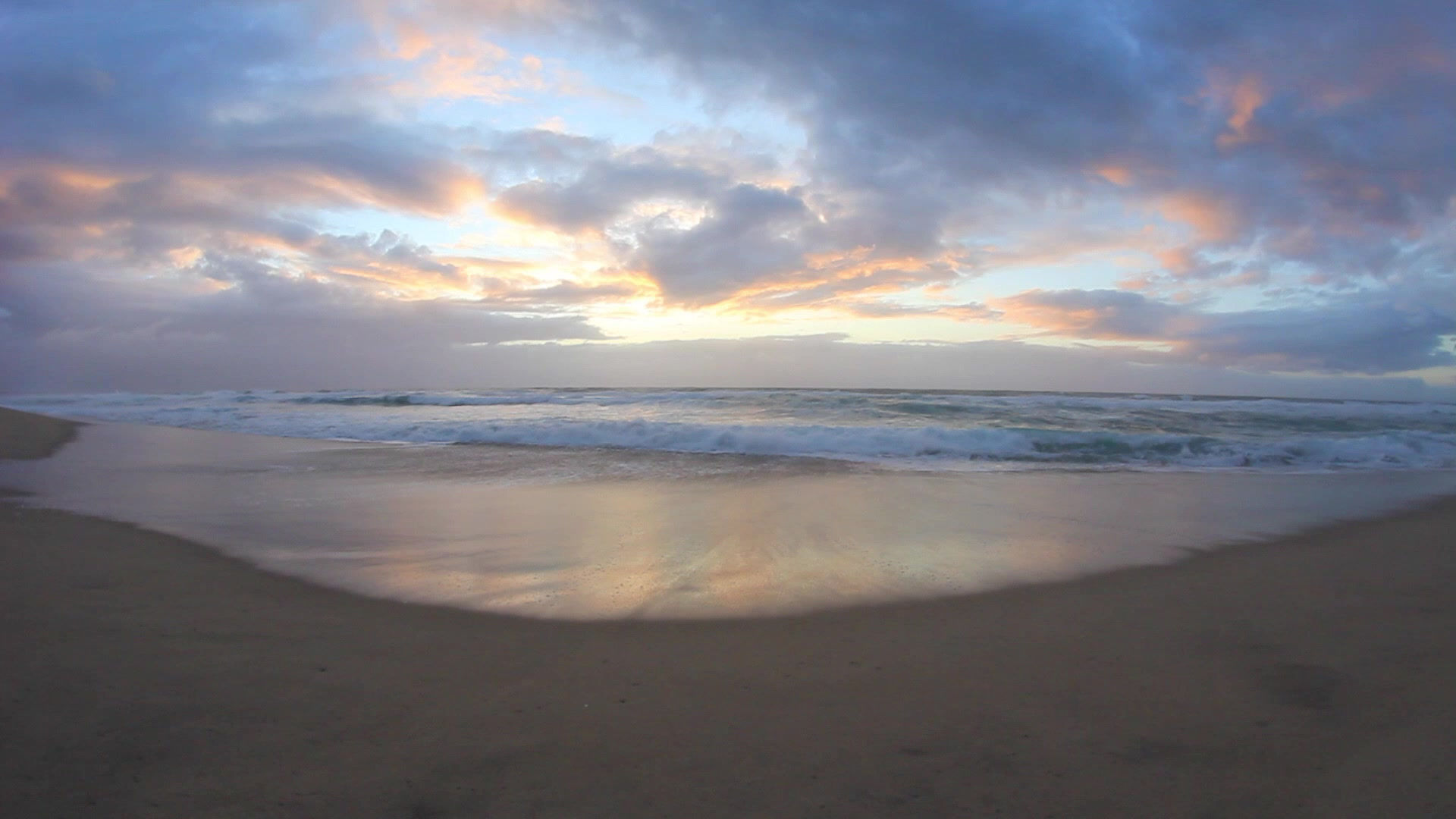ANTONIO ADOLFO, Carnaval (The Songs Were So Beautiful)
- Jonathan Widran
- Aug 3
- 2 min read
The subtitle of Carnaval, legendary Brazilian pianist/composer Antonio Adolfo’s tribute to of the rhythmically eclectic, festive and free-spirited and sometimes melancholy music of his home country’s annual celebration, says it all about his affection for the magnificent, multi-decade repertoire he draws from: The Songs Were So Beautiful.

While he’s paid homage in recent years applying his inimitable vibe on the ivories and percussive flow to the works of influential composers – from Milton Nascimento and Antonio Carlos Jobim to Cole Porter – this collection celebrates the works of somewhat less renowned songwriters whose pieces reflect different Brazilian substyles and unique eras of the Carnaval in the 20th Century.
Here’s a fun fact to ponder as Adolfo time travels from the fast-paced 1909 frevo (a fiery dance and music style) “Vassourinhas” (featuring whimsically frenetic solos by tenor saxman Marcelo Martins and guitarist Lula Galvao) to the sensual, easy rolling samba parade romp “Vai Passar” (written in 1984): The first documented celebrations of Carnaval in Brazil, then a Portuguese colony, occurred in 1723. These early parties, known as “Entrudo,” involved Portuguese immigrants engaging in food fights, water throwing and general revelry before Lent.
Listeners can keep that, as well as the religious influences behind Carnaval in mind as Adolfo and his ensemble (led by featured soloists, trumpeter Jesse Sadoc and saxman Idriss Boudria) sweep them away with the increasing rhythmic intensity of everything from the high spirited opener “E Com Esse Que Eu Vou,” a tune in the a partido alto samba written in 1948, to “Pastorinhas,” a dreamy, flute-tinged tune done in a slow marcha-rancho style that taps into the wistful sorrow-laden reality of some Carnaval music.
Beyond merely showcasing some of the greatest Carnaval associated pieces of all times, Adolfo’s perfectly realized vision seems to be letting the world know about the vast array of rhythmic energies associated with the music of his beloved country.







Comments